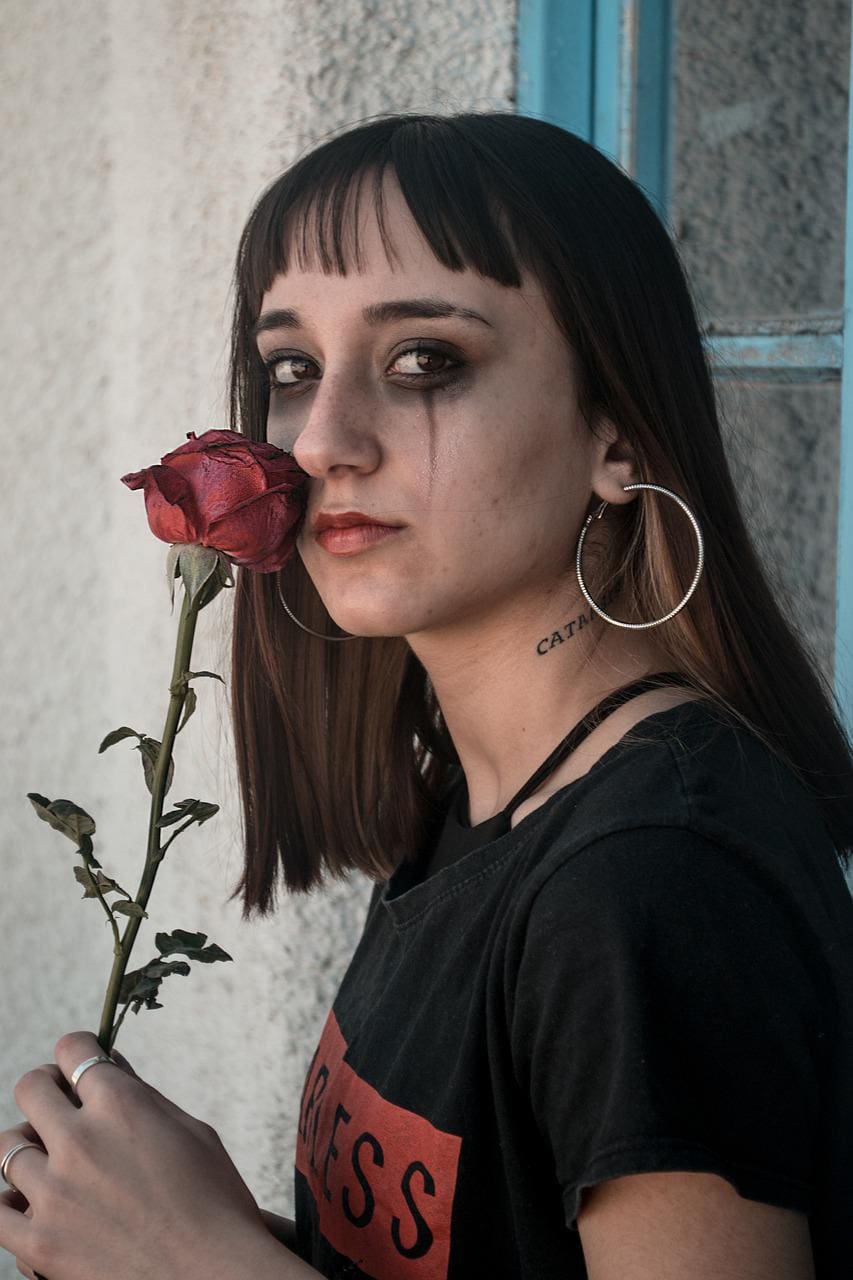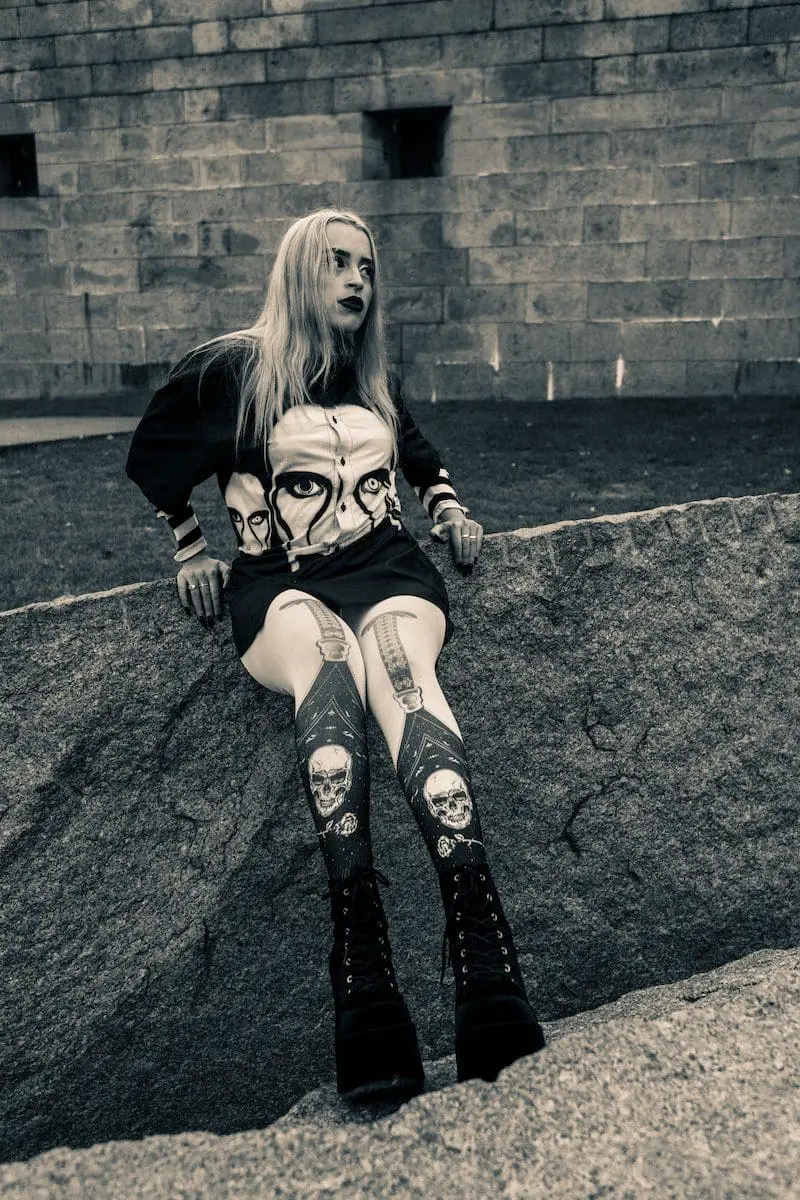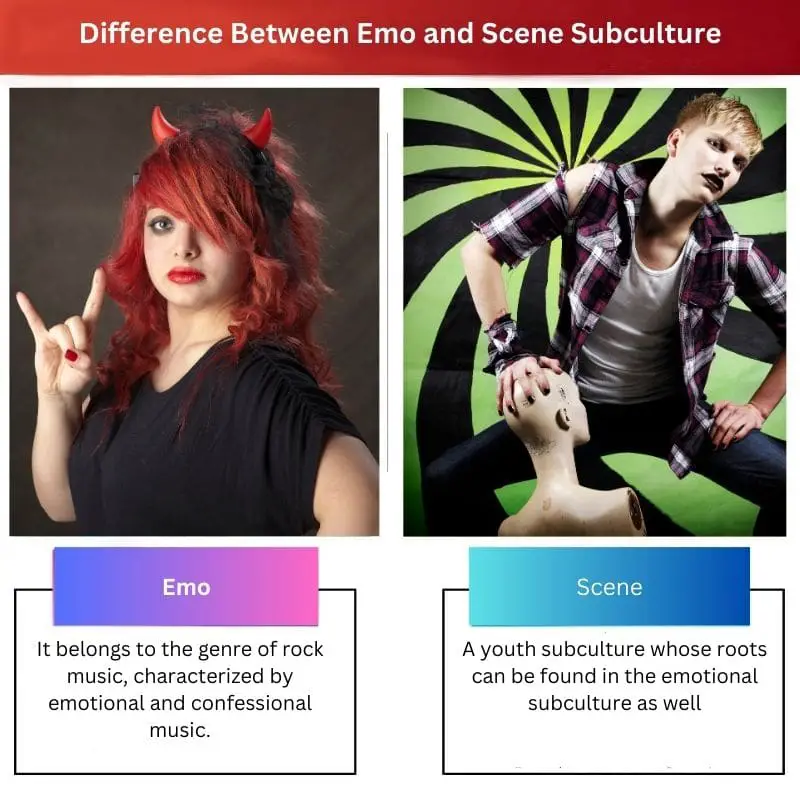Culture tells about the characteristics and social behaviour of a group of people. It also shines a light on the belief, language, knowledge, art, customs, habits and tradition followed by that particular group. Each culture has its unique practices, which are learnt and embraced by the entire group.
For example, how people greet each other would differ in different cultures. So, a culture could act as an identity proof to know one’s character and behaviour.
Different types of cultures are followed across the world. Some cultures’ origins date back tens of thousands of years, whereas others were born in the late nineteenth century.
Apart from various cultures, a culture within the parent culture exists, which has the essence of the former in a modified form. Emo and scene are such subcultures which originated in the late twentieth century.
The roots of emo subculture can be traced back to the music genre of punk rock (emotional hardcore) music. The offshoot of the emo and punk paved the way for scene subculture in 2000.
Key Takeaways
- Emo is a subculture that is characterized by emotional and expressive music, fashion, and art, while Scene is a subculture that focuses on bright colors, bold patterns, and eccentric hairstyles.
- Emo fashion is characterized by dark clothing, studded belts, and piercings, while Scene fashion is characterized by colorful clothing, neon makeup, and teased hair.
- Emo and Scene subcultures are associated with teenage angst and rebellion, but both communities offer a sense of belonging and camaraderie for those who identify with them.
Emo vs Scene Subculture
Emo is a subculture characterized by an emotional and reflective approach to music, fashion, and art, and more inwardly focused. The scene is a subculture characterized by a more vivid and colourful style, drawing from various alternative and underground trends.

The Emo subculture revolves around the emotion of shyness, depression, angst, self-harm and introversion. Scene subculture is youth-centric and originated in the United Kingdom and the United States around 2000.
While the emo subculture was popular in the late twentieth century, the scene subculture became famous at the start of the twenty-first century.
Comparison Table
| Parameter of Comparison | Emo | Scene |
|---|---|---|
| Other Name | Emotional hardcore | Scenester |
| Formation Period | 1970-1980 (Only after 1980 it started becoming more popular) | 1990’s – Mid 2000 |
| Known for | It belongs to the genre of rock music, characterized by emotional and confessional music. | A youth subculture whose roots can be found in the emotional subculture as well |
| Music Genre | Indie rock, alternative rock, hardcore punk, post-hardcore, pop-punk | Metalcore, crunkcore, deathcore, electronic music, pop-punk |
| Dressing Style | Tight t-shirts with the band name, tight jeans, glasses with a thick rim and studded belts. | Clothing with a bright colour (neon colour), skinny jeans, sunglasses, finger-less gloves, wristbands etc. |
What is Emo Subculture?
The emo subculture originated from die-hard fans of emocore or emotional hardcore music genre. This music genre follows the style of punk rock music. It got reinvented with a lot of pop-punk or indie rock styles.
The fans of this music genre paved the way for emo subculture. Inspired by the music genre, they started having their dressing style and appearance. People who were die-hard fans of emo music were referred to as emos or emo kids.
Emo fashion is unique in its way. Their appearance includes a tight t-shirt and jeans, long straight hair (black dyed), with dark eyeliner around their eyes. The best part was the hairstyle.
The long hair covered more than 50% of their face. They wore thick-rimmed glass with black wristbands and black fingernails. Sneakers and studded belts were common.
Though emo subculture gained huge popularity in its initial phase, it faced a lot of controversies due to a stronger emphasis on emotional expression. Because of this, people started stereotyping emo subculture with angst, depression, shyness, highly emotionally sensitive and self-harm.
Nevertheless, emo subculture is still prevalent in most of the USA. Though it faced a decline in the year 2010, the revival of underground emo emerged.

What is Scene Subculture?
Scene subculture is a new form that took shape in the mid of 2000s. It is also called a youth subculture due to its popularity among youths in the United Kingdom and the United States.
Crunkcore, metalcore, deathcore and post-hardcore are music genres related to scene subculture. Though scene subculture has some traces of emotional hardcore, emo and scene subculture differ.
Scenesters, or scene kids, as they are called, are members of the subculture. The scene fashion also consists of tight jeans but with bright-coloured clothing. They, too, had a hairstyle of long, straight hair with cringes.
But they tend to colour with bright colour dye. Clothing of Neon colour was more common. Party sunglasses and baseball hats were also part of their attire.
Scene subculture had faced criticism from emos and heavy metal culture people for duplicating the style of the former. It started losing popularity after 2010 but regained its fame in 2019.

Main Differences Between Emo and Scene Subculture
- The Emo subculture originated much before than scene subculture.
- Emo subculture has spread across most states in America, whereas scene subculture enjoys its popularity in both the United States and the United Kingdom.
- Emo subculture emerged from the post-hardcore style, whereas scene subculture traces its root to emotional hardcore.
- People who followed emo style were called emos, and fans of scene subculture were called scenesters or scene kids.
- If the thick, horn-rimmed glass was common for emos, party sunglasses and baseball caps were common for scene kids.
- The attire of emo and scene kids were similar except that scene kids prefer to wear a bright-coloured dress.
- Emo kids were termed to be more emotionally sensitive and depressed, while scene kids were termed as bright and enthusiastic.
- There was a common belief that emos preferred soft music, while hardcore music was the only preference for scene kids.
- Emos had a deep attraction to the black colour. They preferred black dye for their hair, black wristband and fingernails. Scenes were more attracted to bright colours.




